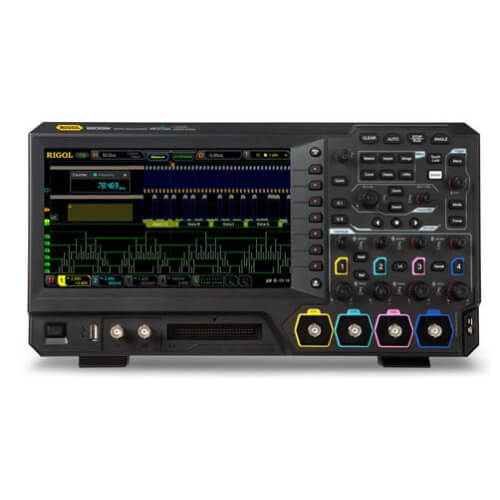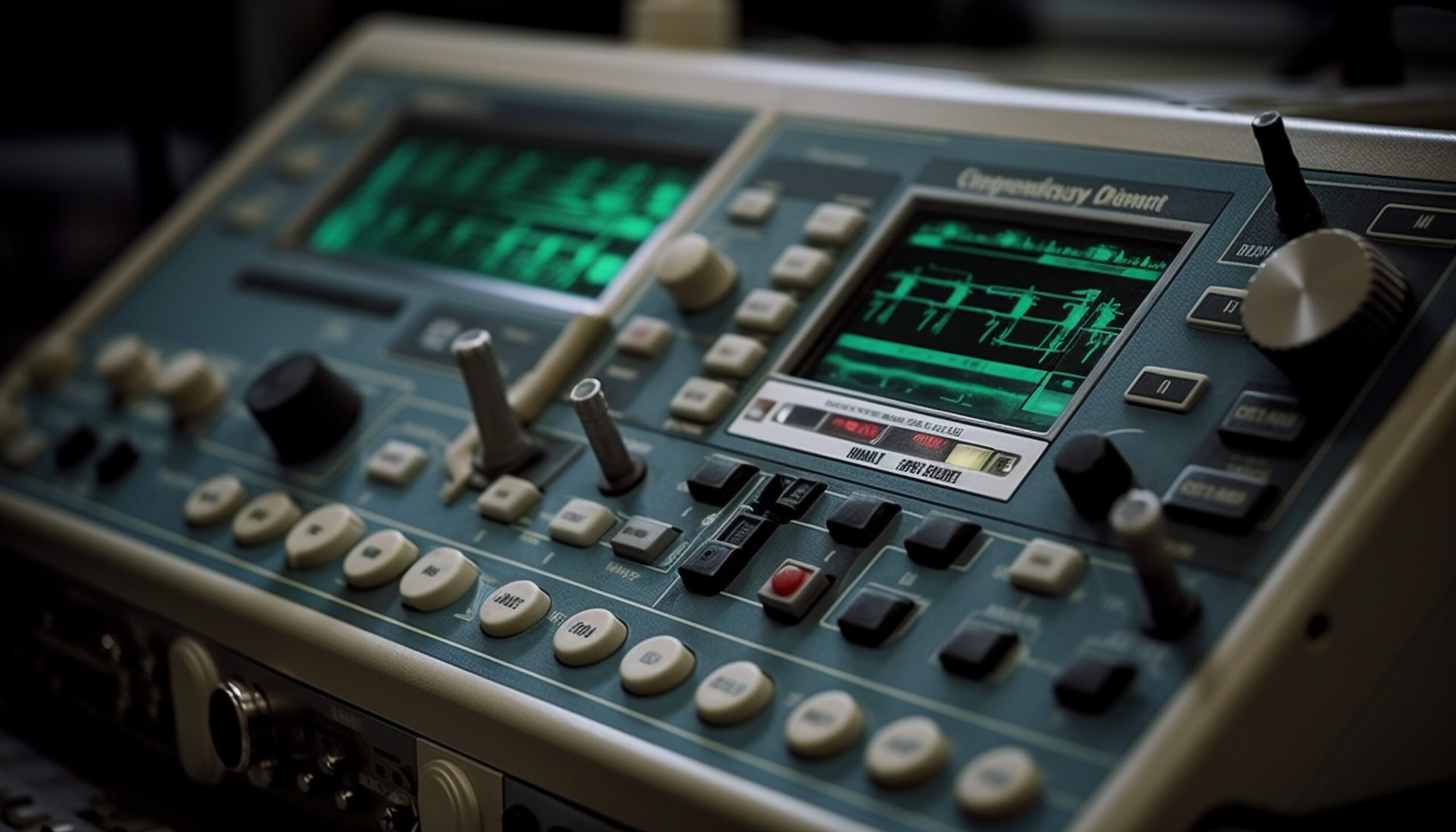Best Digital Oscilloscope: A Game-Changer for Engineers, Educators, and Hobbyists
When it comes to understanding and analyzing electrical signals, few tools are as powerful and versatile as the best digital oscilloscope. Whether you’re an electronics engineer working on complex circuits, an educator teaching waveform analysis, or a hobbyist experimenting with microcontrollers, a digital oscilloscope is an indispensable instrument. This article explores what makes a digital oscilloscope the best in its class and how you can leverage it to elevate your electronics work.

Understanding the Role of a Digital Oscilloscope
A digital oscilloscope is an electronic test instrument used to visualize voltage signals as they vary over time. By converting analog waveforms into digital data, it allows users to perform detailed analysis, store results, and capture fast, transient signals that analog scopes might miss.
These scopes are commonly used for:
Troubleshooting circuits
Measuring signal integrity
Observing waveforms of sensors, motors, and digital communication
Performing advanced signal analysis
From basic electronics labs to high-frequency RF applications, the oscilloscope for electronics plays a crucial role in testing and validation.
Why You Need the Best Digital Oscilloscope
Not all oscilloscopes are created equal. The best digital oscilloscope offers superior resolution, sampling speed, ease of use, and analytical capabilities. Here’s why investing in a high-quality oscilloscope pays off:
- Precision Measurement
With bandwidths ranging from 50 MHz to several GHz, the best digital scopes provide precise voltage and time-domain measurements, enabling accurate diagnosis of signal behavior. - Real-Time Analysis
Top-tier digital oscilloscopes feature high sample rates (1GSa/s and beyond), enabling engineers to capture minute waveform details. This is essential for identifying glitches, signal dropouts, and high-speed transients. - Advanced Signal Analysis Tools
Modern digital oscilloscopes come with built-in tools such as Fast Fourier Transform (FFT), protocol decoding, automatic measurements, and advanced triggering. These features make signal diagnosis faster and more insightful. - Storage & Connectivity
The ability to save waveforms, export data, and connect via USB, LAN, or Wi-Fi makes digital scopes versatile tools for documentation and collaboration.
Key Features to Look for in the Best Digital Oscilloscope
Before purchasing a digital oscilloscope, it’s important to understand which specifications will best support your work:
● Bandwidth
The higher the bandwidth, the better the oscilloscope can capture high-frequency signals. For standard electronics work, 100–200 MHz is often sufficient. RF and high-speed digital work may require 500 MHz or more.
● Sample Rate
A higher sample rate ensures more detailed waveform capture. A good rule of thumb is to choose a scope with a sample rate at least 5x the signal bandwidth.
● Number of Channels
For simple analysis, two channels may suffice. For more complex tasks like comparing multiple signals or debugging multi-line communications, four or more channels are ideal.
● Memory Depth
Memory determines how much data can be stored during a capture. More memory means more waveform detail over longer durations.
● Display & Interface
Touchscreen displays, intuitive menus, and real-time waveform zooming improve usability and speed up diagnostics.
Use Cases for Different Audiences
➤ Engineers
Electrical and electronics engineers rely on digital oscilloscopes to verify signal integrity, test embedded systems, and debug PCB designs. Whether you’re developing IoT devices or automotive electronics, choosing the best digital oscilloscope ensures faster development cycles and fewer costly errors.
➤ Educators
In academic labs, oscilloscopes are essential for teaching waveform behavior, electronic theory, and circuit design. Scopes with built-in tutorials or simplified interfaces can help students learn hands-on skills more effectively.
➤ Hobbyists
For DIYers and electronics enthusiasts, budget-friendly scopes with core functionality like waveform display, voltage measurement, and basic triggering are perfect. These devices support projects involving Arduino, Raspberry Pi, and analog circuits.
Tips for Getting the Most from Your Oscilloscope
Use Proper Probing Techniques: Ensure that the probe is compensated and properly grounded to avoid signal distortion.
Adjust Trigger Settings: Use edge or pulse-width triggers to capture specific signal events.
Utilize Math Functions: Built-in math functions like FFT can help analyze frequency components.
Capture Rare Events: Leverage deep memory and persistence modes to catch occasional glitches or anomalies.
Common Applications of Digital Oscilloscopes
Power Electronics: Analyze switching behavior, inrush currents, and ripple voltages.
Audio Analysis: Visualize waveform distortion, harmonics, and signal clipping in sound systems.
Embedded Systems: Decode protocols like SPI, UART, and I2C for microcontroller debugging.
Signal Conditioning: Monitor sensor outputs and amplify analog signals for further processing.
Final Thoughts: Invest Wisely in the Best Digital Oscilloscope
Selecting the best digital oscilloscope is not just about specs—it’s about ensuring compatibility with your specific applications, workflow, and future needs. Whether you need an oscilloscope for electronics design, teaching, or weekend projects, prioritize models with reliable performance, sufficient bandwidth, and intuitive interfaces.
Advanced signal analysis tools, robust construction, and flexible connectivity are what differentiate top-tier instruments from entry-level ones. By choosing the right digital oscilloscope, you empower yourself to understand, improve, and innovate in the world of electronics.l ones. By choosing the right digital oscilloscope, you empower yourself to understand, improve, and innovate in the world of electronics.

